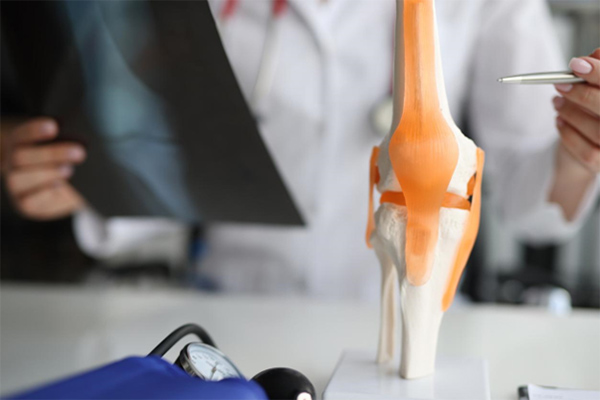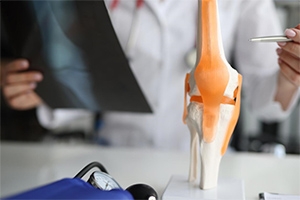
Today's knee replacement patients want more than just a new joint; they want to recover faster, regain strength sooner, and return to their active lives with minimal disruption. One surgical technique helping make that possible is the quad-sparing knee replacement. In this post, we break down how it works, how it differs from traditional surgery, and why it matters for recovery.
What Does "Quad-Sparing" Mean?
A quad-sparing knee replacement is a minimally invasive surgical approach that avoids cutting into the quadriceps tendon—the large, powerful muscle group at the front of the thigh responsible for extending the knee. Instead of splitting the quadriceps to access the joint (as is done in traditional total knee replacement), the surgeon carefully works around or under the muscle, preserving its structure and function.
By sparing the quadriceps tendon, patients often experience less muscle trauma, reduced post-operative pain, and faster restoration of strength and mobility.
How It Differs from Traditional Knee Replacement
In a traditional knee replacement, the surgeon typically makes a larger incision down the center of the knee and cuts through the quadriceps tendon to reach the joint. While this approach gives excellent visibility for implant placement, it can lead to more pain, swelling, and a longer rehabilitation timeline due to muscle disruption.
In contrast, the quad-sparing technique uses a smaller incision and avoids damaging the quadriceps muscle and tendon. This is achieved using specialized surgical instruments and a refined understanding of knee anatomy. This results in patients often being able to walk and engage in physical therapy sooner, with less need for assistive devices in the early stages of recovery.
Benefits of the Quad-Sparing Technique
The quad-sparing approach isn’t just about surgical finesse. It delivers real-world benefits that matter to patients:
- Faster recovery time due to preserved muscle function
- Reduced post-operative discomfort and quicker return to walking
- Lower risk of complications related to muscle weakness
- An earlier start to physical therapy, which supports long-term outcomes
This technique is especially beneficial for active individuals and patients hoping to resume their routines with greater ease after surgery.
Is Quad-Sparing Knee Replacement Right for You?
Not all patients are ideal candidates for the quad-sparing approach. Factors such as body type, joint condition, and previous surgeries can influence whether this method is appropriate. A personalized surgical evaluation is essential to determine the best plan for your joint health and lifestyle goals.
If you're considering knee replacement, learning about newer techniques like quad-sparing surgery can help you make informed decisions about your care and recovery.
AUTHOR: Richard Boe, MD, is a board-certified fellowship-trained orthopedic surgeon specializing in minimally invasive direct anterior hip replacement and robotic-assisted knee replacement surgery at Resurgens Orthopaedics, serving the greater Atlanta area. Dr. Boe is an active member of the American Association of Hip and Knee Surgeons, the American Association of Orthopaedic Surgeons, and the Georgia Orthopaedic Society.


